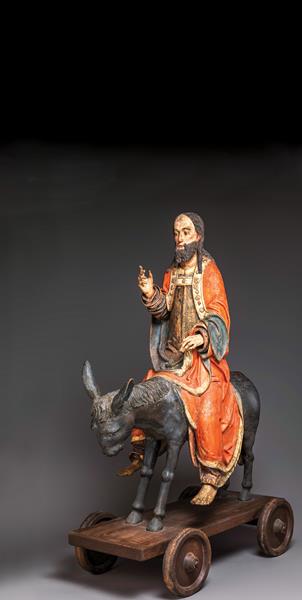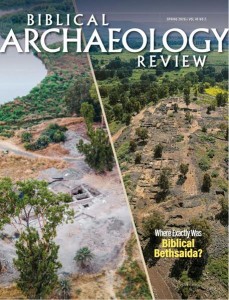Epistles: Biblical Bestiary: Donkey

Donkeys get little to no respect. They are the popular embodiment of stubbornness and stupidity, and people of many languages invoke them as an insult. Its alternative appellation, ass, can hardly be helpful in improving the donkey’s image.
Yet in some ancient societies, particularly in the Near East, these sure-footed and indefatigable beasts were revered. First domesticated in northeast Africa more than 7,000 years ago, the donkey is probably the first animal ever used by humans for hauling goods and riding. Considering that the horse had not arrived in the ancient Near East before 2000 B.C.E.—and the camel even much later—people relied on donkeys for all kinds of services. The Book of Genesis depicts Abraham riding his donkey to sacrifice Isaac (Genesis 22:3); Egyptians used donkeys for long-distance expeditions to the desolate regions beyond the Nile Valley; and purposeful donkey burials—such as the Early Bronze Age III (c. 2850–2600 B.C.E.) foundation deposit at Tell es-Safi/Gath—attest to the animal’s special status in the ceremonial practices of the ancient Near East.
The donkey was both the old beat-up Chevy truck and shiny Cadillac of its day, for it was not uncommon for a king or his high officials to ride on ceremonially attired donkeys. It is in this context that we need to view Jesus’s triumphant entrance into Jerusalem on Palm Sunday (Matthew 21:1-9), because the reference to Zechariah 9:9—“your king … humble and riding on a donkey”—does not mean “lowly” or “meek”; instead, “humble” is a royal quality denoting someone who is subservient to his god. Known in German as Palmesel, or “Palm [Sunday] Ass,” these wheeled, nearly life-sized medieval statues of Jesus riding a donkey used to be pulled as part of Palm Sunday processions.

